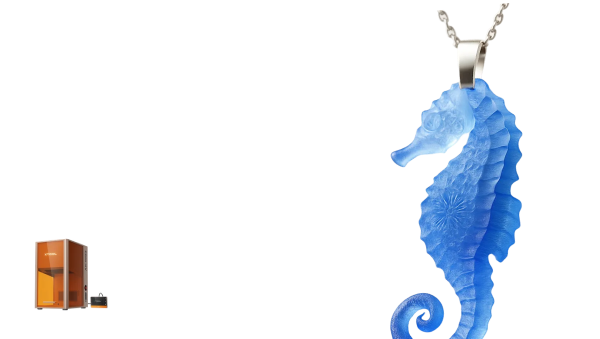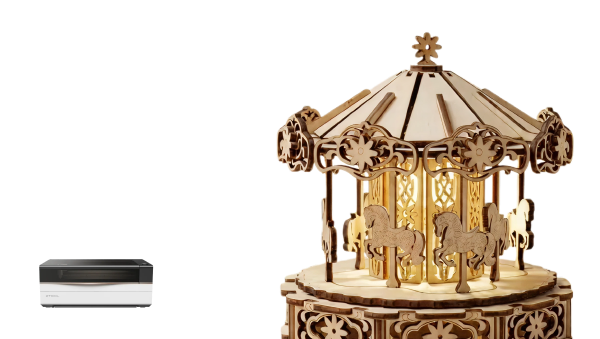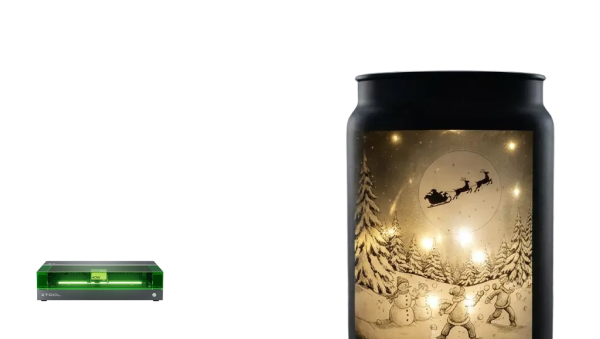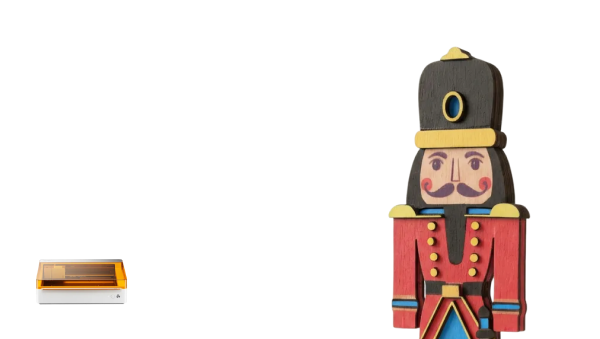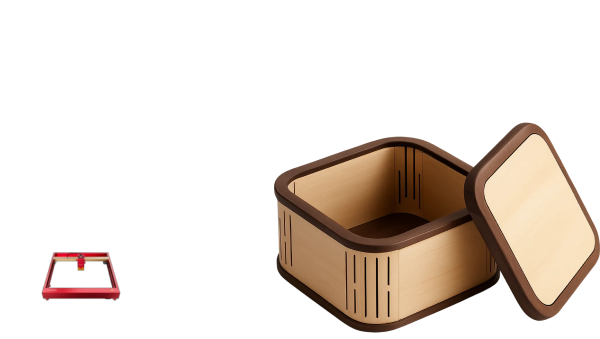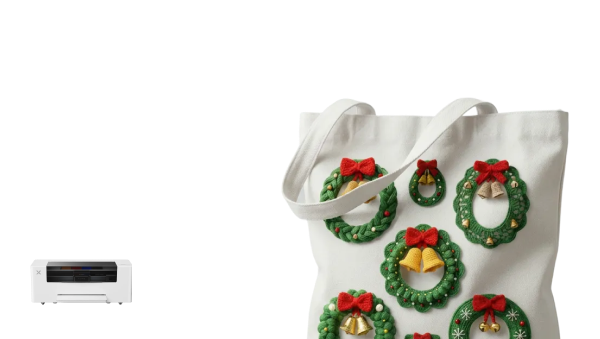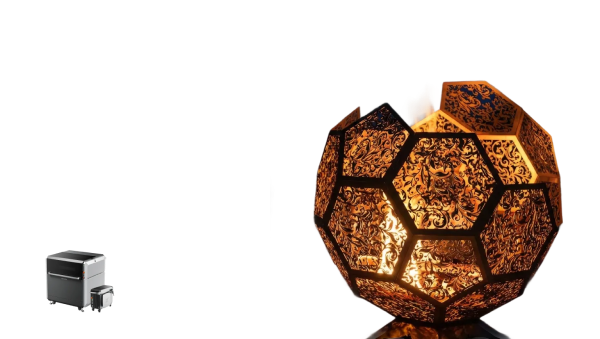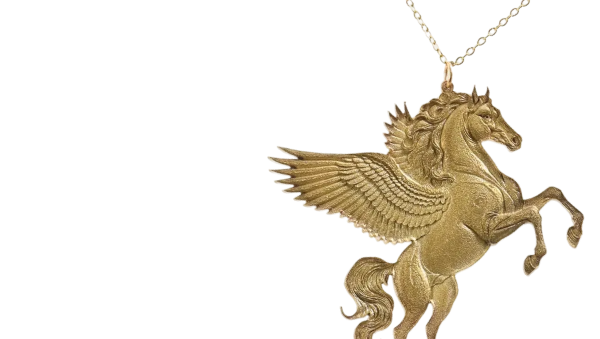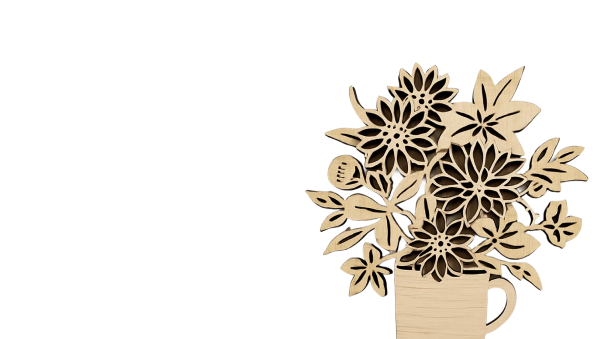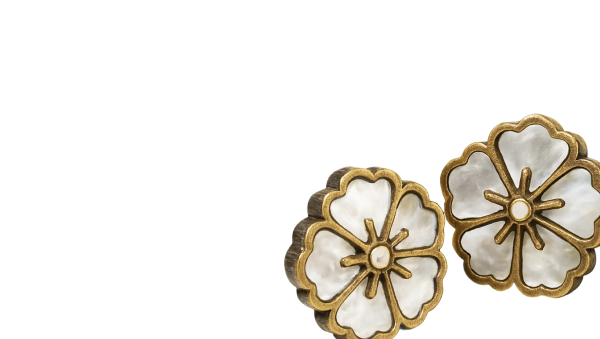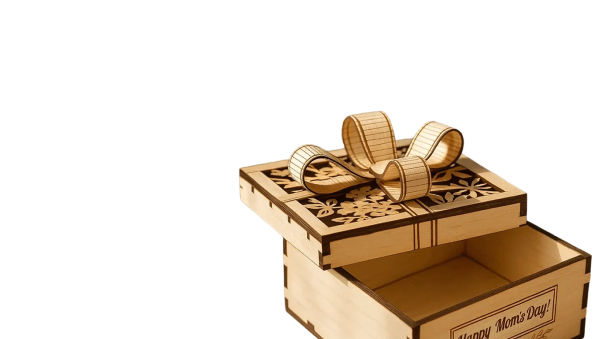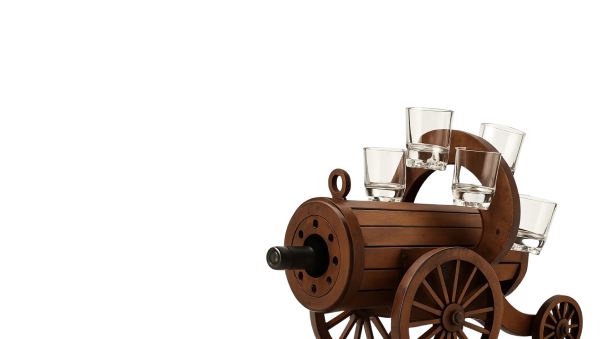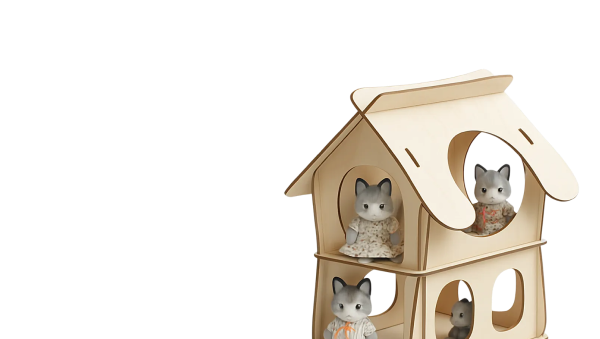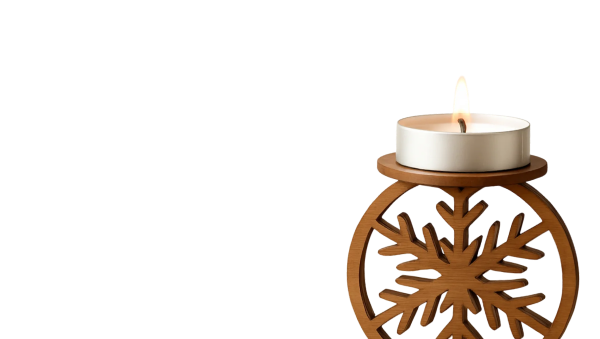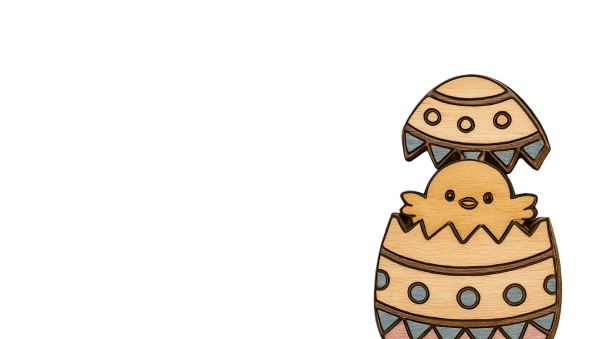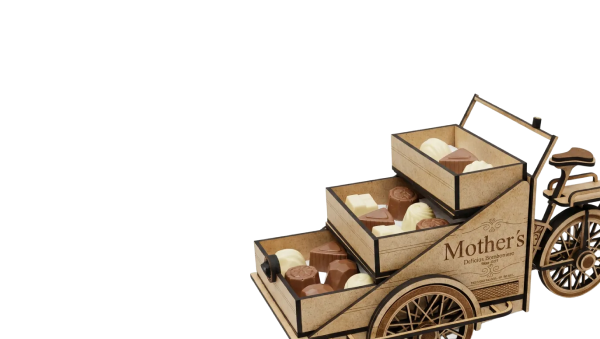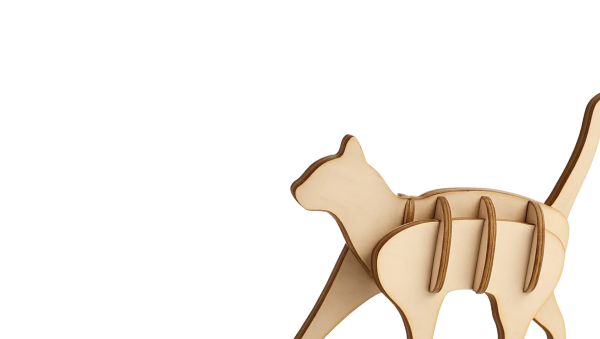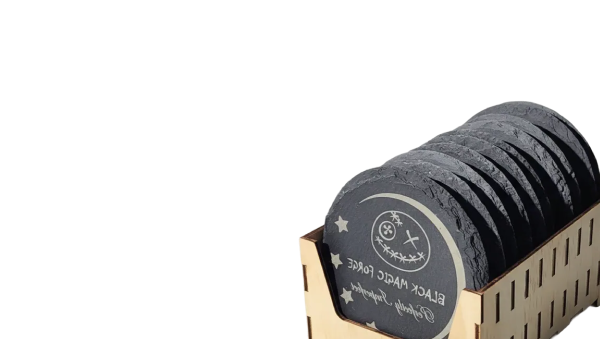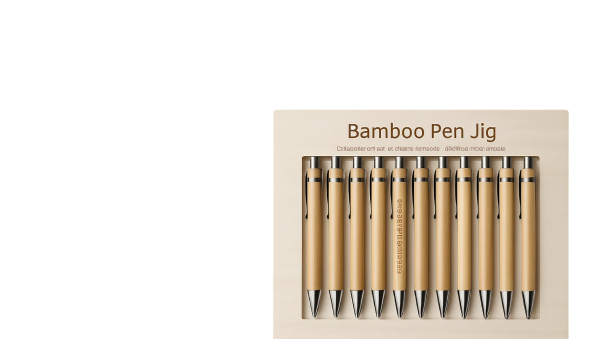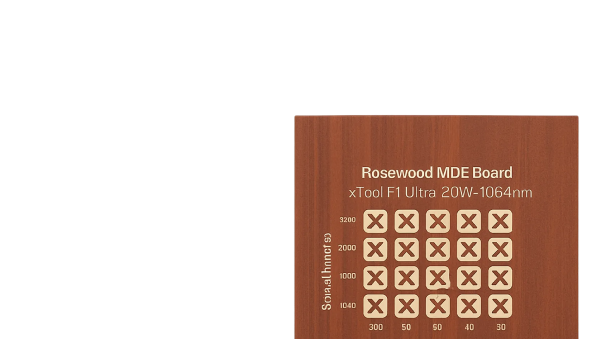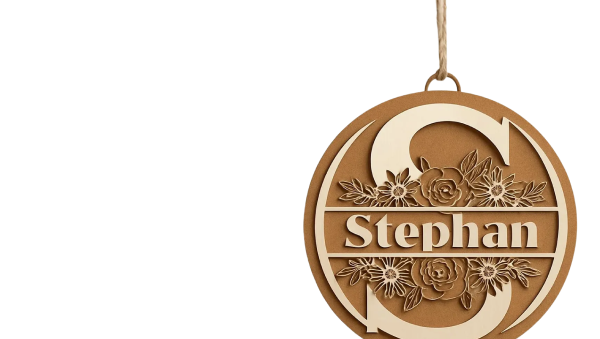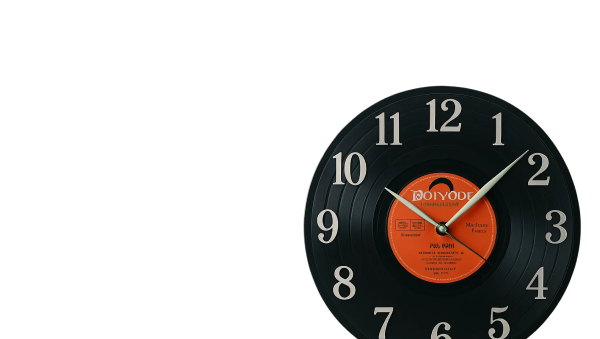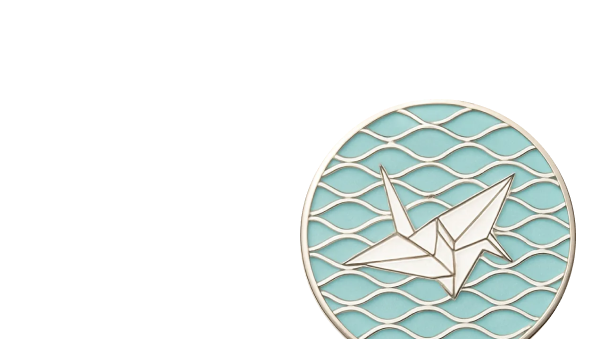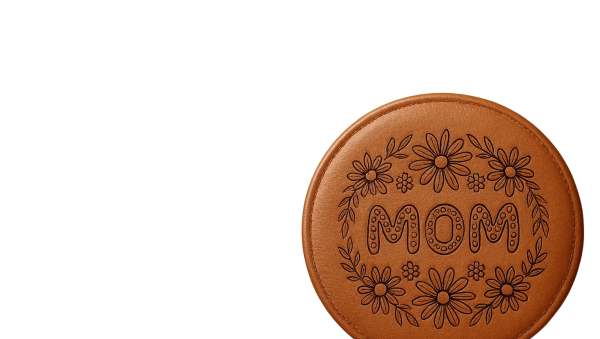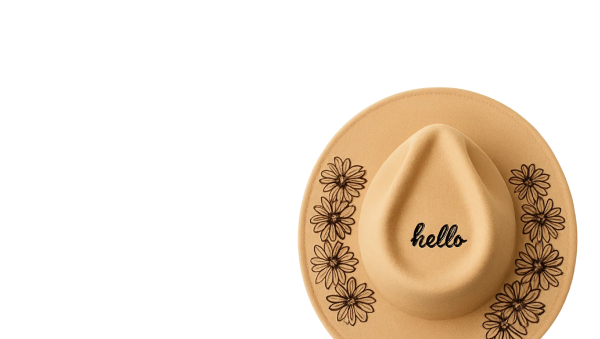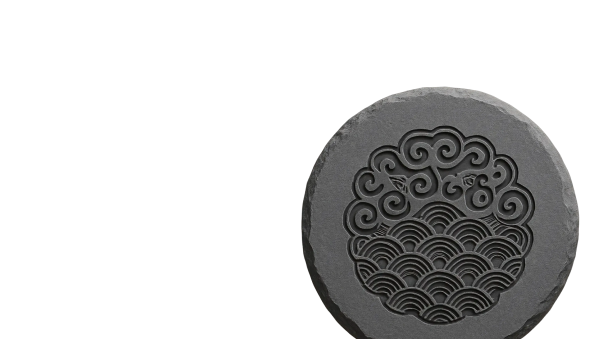![[Laser cut and engrave] Week 2 Homedecoration - Hexagonal Boxes in XCS](https://image-res.xtool.com/ali-res/community/making/d93b34fd-b85a-4c4b-896f-81b44e6abcaf.jpg?x-oss-process=image/resize,w_1200,h_900,limit_0/interlace,1/format,webp/auto-orient,1)
Week 2 Homedecoration - Hexagonal Boxes in XCS
Information
Hexagonal boxes are much more attractive then square boxes. They are much more attractive for any decoration. But on the first glance it looks like they are much more difficult to design. In this how-to I want to show you, how even hexagonal boxes can be made pretty easy with XCS. I will give you the formulas to calculate the required sizes and provide an example design. If you are interested in the “why” behind this, I’ll try to explain this at the end of the how-to.
Instruction
Step1
Let's start with the top and bottom of the box. These parts look quite difficult, but geometry makes it easier then expected.
Take a hexagon from
the shape menu. This is a hexagon with six identical sides and angles of 120°
between the sides. Next we have to scale this hexagon to the right size. For
now just take the following formula: If you want to have side pieces of x mm
and use a material with a thickness of y mm, each of the edges of the hexagon
needs to be x+y+1mm long. This can be done if you scale the hexagon to a width
of 2 times x+y+1. In my example I want 50mm side plates out of 4mm plywood. So
I scale my hexagon to a width of 2*(50+4+1)=110mm. See the two photos to see
how to do this.
Position the hexagon at 0/0 (top left) to support the following steps.
For the ones interested in the maths behind this: I will add a step at the end to explain this.
Step2
Next we have to draw the gaps where the side pieces interlock. For my 50mm sides I used 10mm gaps, so I have three gaps per side here. It is important that the centre of the bounding box of the gaps equals the centre of the hexagon.
For 50mm sides I have chosen 10mmx4mm gaps and positioned them at 30mm/0mm
50mm/0mm
70mm/0mm
30mm/91.5mm
50mm/91.5mm
70mm/91.5mm
Step3
Now let’s construct the gaps for the other edges of the hexagon. Mark the gaps that you have constructed in step 2 and group them. Note the position of the group. Now copy and paste the group. Move the copy to the exact same position as the original. Now turn the group by 60°. Generate a second copy of the group in the same way, but turn this by 120°. Now you should have the gaps at all six edges of the hexagon.
Select everything (STRG+A) and choose subtract from the combine-menu.
Step4
Duplicate the form that we have created until now. One will be the bottom, one the top. Draw a big circle exactly in the middle of the top.
Step5
Move everything that we have done so far to one layer. I have choosen laser red here.
Step6
Now we have to construct the side pieces. I have made them 50mm wide and 60mm high. Add the gaps for the interlocks here as well.
I have drawn a rectangle of 50 x 60 mm at position 0/0. Then my gaps (again size 10mmx4mm) need to be at
10mm/0mm
30mm/0mm
10mm/56mm
30mm/56mm
Again select the main rectangle as well as the 4 gaps and select combine->subtract.
We need a total of 6 side plates, so add a few copies.
This is enough for a plain hexagonal box without lid. If you want to add some engravings to the side plates, you could do so now. In the pictures I give you two examples.
Step7
If you need a lid: Draw another hexagon of the same size that you used in step 1. And draw another circle in the exact same size that you have used in step 4. Positon the circle exactly in the middle of the hexagon. This circle will only be engraved to help you positioning the other part for the lid.
Now it is time to produce everything. The last circle in step 7 needs to be scored (at 60%, 60mm/s). Everthing else needs to be cut (at 90%, 4mm/s).
The circle that is cut out from the top part of step 4 is glued at the lid, everything else is glued together.
Step8
Now that the box is finished, let’s talk about the math behind step 1 – if you want to.
This factor 2 and adding the thickness and the magic number 1 might sound a little strange, like a rule of thumbs. But indeed it is an exact calculation. Our 120° angles are 30° more than a perpendicular side. The image shows the calculation here. So the two side parts each add half of a side to the total width. This explains factor 2.
As the side parts are place inside of the hexagon, we need to consider the thickness of the material. Due to the 30° it is half of the thickness on the right and half of the thickness on the left.
Now only the 1mm is left. This is because I want those little pins in the corners. So I need a little gap between the side pieces. As the M1 is rather precise, 1mm is enough here, which will result in a very small gap.
